I f you're responsible for IT strategy in a healthcare organization, you're already managing a high-stakes balancing act: sensitive patient data needs to be protected, clinical operations must run without disruption, and compliance with regulations like HIPAA is non-negotiable. On top of this, your users expect fast and secure access to systems, whether they're in a hospital wing or working remotely.
f you're responsible for IT strategy in a healthcare organization, you're already managing a high-stakes balancing act: sensitive patient data needs to be protected, clinical operations must run without disruption, and compliance with regulations like HIPAA is non-negotiable. On top of this, your users expect fast and secure access to systems, whether they're in a hospital wing or working remotely.
This is where unified SASE proves essential. It offers a cloud-delivered solution that integrates network access, data protection, and identity controls, thus replacing the fragmented security tools commonly used. For large, distributed healthcare networks, this represents a strategic enhancement over traditional security models.
Let's explore how unified SASE addresses the realities of current healthcare security and why it offers a practical, scalable model for organizations of all sizes.
The Fragmentation Problem In Healthcare IT
Healthcare IT environments are among the most demanding in any industry. The increasing number of electronic medical records, connected medical devices, telehealth platforms, and external partners expands the digital attack surface annually. Add in multi-site operations and thousands of endpoints, and maintaining control becomes difficult without the right architecture.
Unfortunately, many organizations still rely on a patchwork of security vendors and perimeter-based defenses. These legacy setups are increasingly difficult to manage. According to Gartner, 80% of organizations are deploying innovations faster than they can secure them. For healthcare, where patient safety and trust are highly valuable, that gap carries a serious risk.
More organizations are simplifying their security stack to address this. Gartner projects that 75% of large enterprises will actively pursue vendor consolidation strategies. A unified approach reduces complexity and costs, and improves the consistency of protection across the enterprise. This is precisely why implementing SASE in healthcare organizations is becoming a top priority.
Listen: Reviewing Fortinet Security Fabric, FortiGate Firewall
Why Unified SASE Matters
Unified SASE delivers network connectivity and advanced security services through a single cloud-delivered platform. It combines secure web gateways, cloud access security brokers, firewalls, and ZTNA into one system that is easier to manage and deploy.
For healthcare leaders, this brings several key advantages:
- Secure remote access: Clinicians and staff can securely access patient data and systems from any device, whether on-site or off-site.
- Built-in threat protection: Ransomware, phishing, and other threats are identified and mitigated in real time.
- Centralized management: Administrators can define and enforce policies across the entire network from a single console.
- Improved compliance: Standardized controls and reporting support compliance with HIPAA and other regulations.
When used to support SASE for hospital network security, this architecture eliminates the inconsistencies and blind spots often found in legacy environments.
Zero Trust: Applying Clinical Discipline To Cybersecurity
Zero Trust is a familiar concept in healthcare. In physical settings like surgical suites and hospitals, access is strictly limited to those with the right credentials and training. No one walks into an operating room without being identified, verified, and cleared. The same principle should apply to your network.
ZTNA, which is a foundational component of unified SASE platforms, operates on the same principle. This reduces the risk of lateral movement and ensures only verified users reach sensitive data and applications.
In practice, SASE architecture for healthcare networks using Zero Trust enforces policies such as:
- Role-based access controls
- Multi-factor authentication
- Endpoint posture checks
- Micro-segmentation around high-value data
For example, Fortinet’s ZTNA solution offers identity-aware access across locations, helping protect data regardless of where users are connecting from. These safeguards mirror the precision healthcare environment's demand in clinical workflows.
Simplifying Security
Today’s healthcare systems span hospitals, clinics, labs, and telehealth services. Providing secure access across all these sites while maintaining consistent user experiences is difficult without a unified solution.
Unified SASE helps by consolidating all security and networking functions into one solution. Healthcare IT teams benefit from:
- A single platform for security policy enforcement
- Reliable performance for cloud and on-prem applications
- Modern secure access that replaces outdated VPNs
- Simplified operations with fewer tools to maintain
Take Fortinet’s FortiSASE as an example. It includes a unified agent and FortiManager console that allow administrators to enforce policies, monitor endpoints, and respond to threats across all locations. This model fits perfectly with the growing demand for secure access to cloud-based services in healthcare.
For organizations implementing SASE in healthcare environments, this approach reduces friction and helps maintain trust across every level of care delivery.
Addressing Key Security Challenges
Unified SASE directly tackles some of the most persistent issues facing healthcare IT leaders. Below are real-world challenges many organizations face, and how a unified solution helps resolve them:
- Challenge: Disconnected security tools increase complexity and risk.
- Solution: Unified SASE brings networking and security together under a single platform. This reduces operational overhead, eliminates silos, and simplifies policy enforcement across all sites and users.
- Challenge: Remote and mobile staff need reliable, secure access.
- Solution: With integrated ZTNA, Unified SASE ensures clinicians, administrators, and contractors connect securely from any location. Access is based on identity and device posture, limiting exposure while supporting continuity of care.
- Challenge: Meeting ongoing compliance and audit demands.
- Solution: Centralized policy management and consistent access controls help ensure alignment with HIPAA and other regulatory requirements. Detailed logging and reporting make audit preparation more manageable.
- Challenge: Limited in-house security expertise.
- Solution: Unified SASE reduces the number of tools IT teams must manage. A centralized interface makes it easier to monitor, respond, and adapt thus freeing staff to focus on mission-critical initiatives without compromising security.
Final Thoughts
Healthcare organizations need more than tools; they need strategy, support, and expertise that align with the urgency of their mission. Unified SASE provides the structure to protect your digital perimeter while empowering your teams to work securely and efficiently across every care setting.
As Fortinet’s most comprehensive partner in the Northeastern U.S., WEI is a trusted partner for healthcare providers making the transition to unified SASE. WEI offers deep experience in SASE architecture for healthcare networks and helps organizations like yours protect what matters most through solution design, deployment, and ongoing support.
Talk to our team of experts today to explore how Unified SASE can simplify your environment, reduce risk, and secure every part of your healthcare network.
Next Steps: The expansion and non-stop merging of healthcare organizations across multiple locations necessitates manageable and flexible access controls. In our free tech brief, Streamlining Healthcare Cybersecurity: Consolidating SASE, discover why cloud-delivered SASE is ideally suited to meet the unique needs of today’s healthcare industry.
This free tech brief explores:
- Why healthcare is an ideal use case for SASE
- Importance of a universal cybersecurity experience
- Introduction to FortiSASE
- Importance of Zero Trust
Download your free copy!











